Top 10 Forgotten Princesses Adapted In Comics
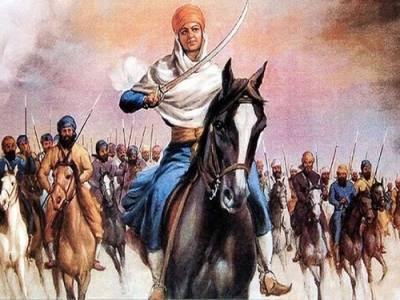
In the enchanting world of comic books and graphic novels, heroes and heroines take center stage. We have seen the emergence of iconic characters such as Superman, Wonder Woman and Spider-Man, whose stories of bravery and courage have captured the hearts of generations.
However, amidst the dazzling pantheon of fictional royalty and superheroes, there exists a kingdom where forgotten princesses are waiting for their chance to shine. These little-known heroines, with their own unique stories, are making a remarkable return to the world of comics, breathing new life into forgotten royal stories.
In this fascinating exploration, we embark on a journey to discover the unique stories of “Top 10 forgotten princesses adapted into comics”. These princesses, often pushed into the shadows of history or forgotten in the annals of fairy tales, are finally getting the light they deserve.
From brave warriors to clever tacticians, these princesses embody a rich tapestry of diverse cultures and settings, and their stories have been adapted expert way to a vibrant and visually appealing comic book environment.
As we flip through the pages of this comic, we'll discover the hidden depths and never-before-seen adventures of these remarkable princesses. Their stories are not only a testament to the enduring power of storytelling, but also a celebration of the strength, resilience, and wisdom that princesses possess, far beyond the limits of their stories. traditional fairy tales. So without further ado, let's embark on a journey to discover the captivating world of forgotten princesses and the mangas that bring their extraordinary stories to life.
Forgotten Princesses Adapted In Comics
- Corn Girl
- Shajar al-Durr
- Pasiphae
- Nzinga
- Hatshepsut
- Ngo Trach Lien
- Khutulun
- La Maupin
- Mai Bhago
- Noor Inayat Khan
1. Corn Girl
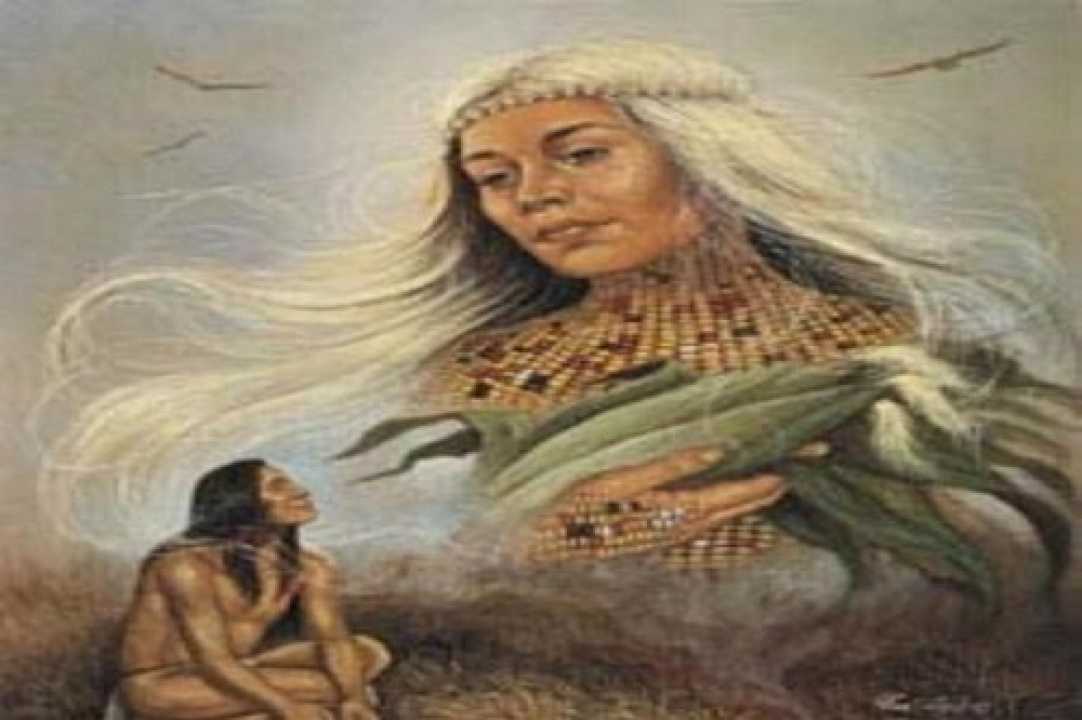
READ ALSO » Top 10 Most Mysterious Places In The World
The Corn Girl, also known as the Corn Mother, is a mythical figure believed to be responsible for the origins of corn among the indigenous farming tribes of North America. Local legend has it that the corn granary was overflowing while she was there.
In Arapaho tradition, to get rid of her, they tie her up and drown her in the river, while in Zuni culture, she is frightened by the erotic gyrations of the dancers. In Tepecano's version of this story, when she spends her first night after marriage in her own room in her husband's house, the morning is filled with corn. According to other local legends, it is believed that she secretly produced corn kernels by rubbing her body or by popping corn kernels and filling bucket after bucket.
2. Shajar Al Durr
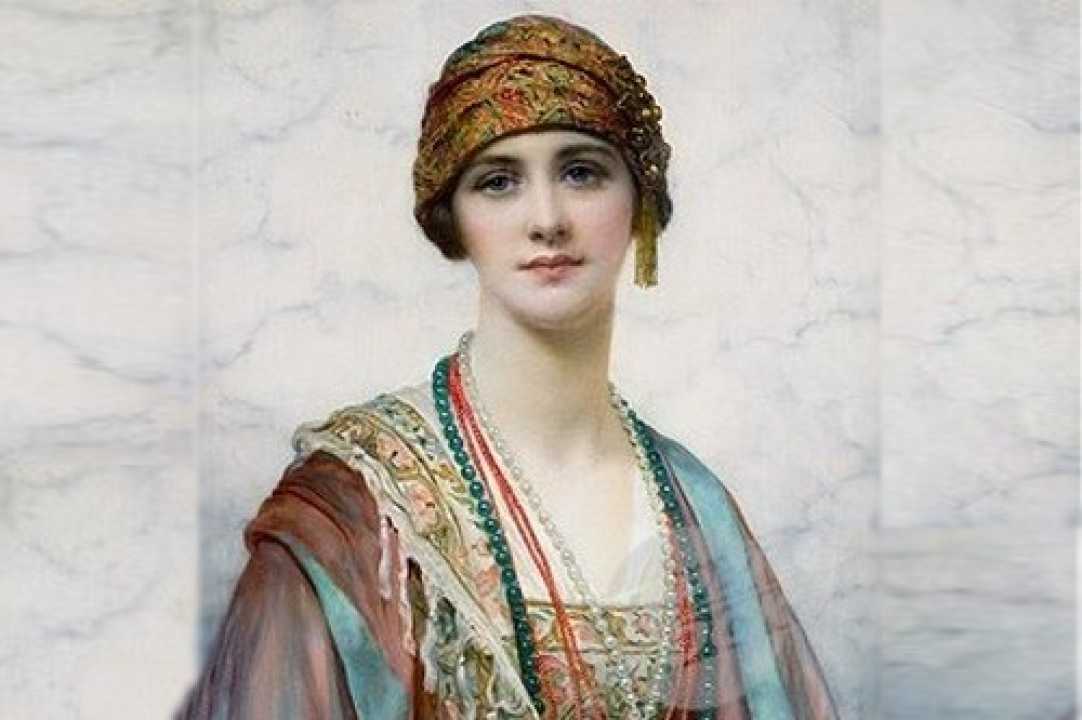
Shajar al-Durr, meaning Pearl Tree. In fact, he played an important role after the death of Sultan As-Salih Ayyub in the Seventh Crusade against Egypt, where the Battle of Fariskur was fought and King Louis IX was captured. Shajar, described by historians as an intelligent beauty, began life as a Turkish servant, purchased for the Sultan of Egypt. While connected with Aybak, Shajar al-Durr firmly established the Mamluk dynasty.
After fighting and capturing King Louis IX, Shajar al-Durr negotiated a treaty to return the captured king to his country for a ransom of $400,000 in currency used in France. during the Middle Ages, accounted for about 30% of France's total annual income. income. . She was later caught killing Aybek and imprisoned by Aybek's first wife, who executed her by having her beaten to death by servants with wooden clogs, after which her naked body was thrown over the wall from the city.
3. Pasiphae

According to Greek mythology, Pasiphae was the queen of Greece and the daughter of Helios, the Sun. She married King Minos of Crete and is known to have given birth to Asterion, also known as the Ruler of the Stars, also known to the Greeks as the Minotaur.
She was famous for having an irresistible sexual desire for the bull that Poseidon gave to King Minos. King Minos, ironically also the son of Zeus, took the form of a bull and mated with his mother Europa.
As the Taurus goddess, when Pasiphae knew her husband was cheating on her, she cast a spell that if she slept with anyone, he would ejaculate snakes and insects. But Procris, the daughter of the ruler of Athens, slept with Minos with a protective herb.
4. Nzinga
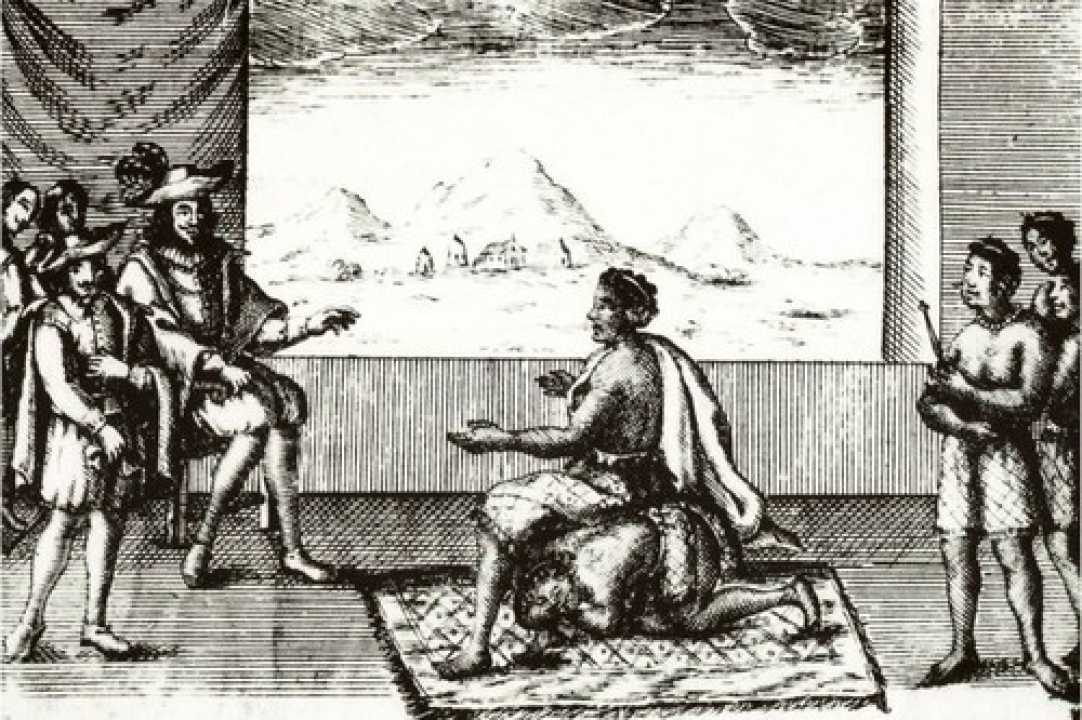
READ ALSO » Top 10 Most Notorious Hackers Of All Time
Queen Anna Nzinga was a 17th-century queen of the Ndongo and Matamba kingdoms of the Mbundu people in Angola. As the daughter of King Kiluanji, she was called Njinga, which comes from the verb Kimbundu Kujinga, meaning to twist or turn, because the umbilical cord was wrapped around her neck. When her brother was captured by the Portuguese, she visited him and asked her brother to return with a promise to leave Ndongo.
During the meeting, the Portuguese did not give him a chair but a floor mat to sit on, as a sign of disrespect. In response, Nzinga ordered one of his servants and sat on that servant as a chair. After moving south, she founded a new country by conquering the cannibal tribe known as the Jaga.
According to local legend, Nzinga had at his disposal a large group of 60 male harems. Her people fought to the death to spend the night with her, while just one night they were executed.
5. Hatshepsut
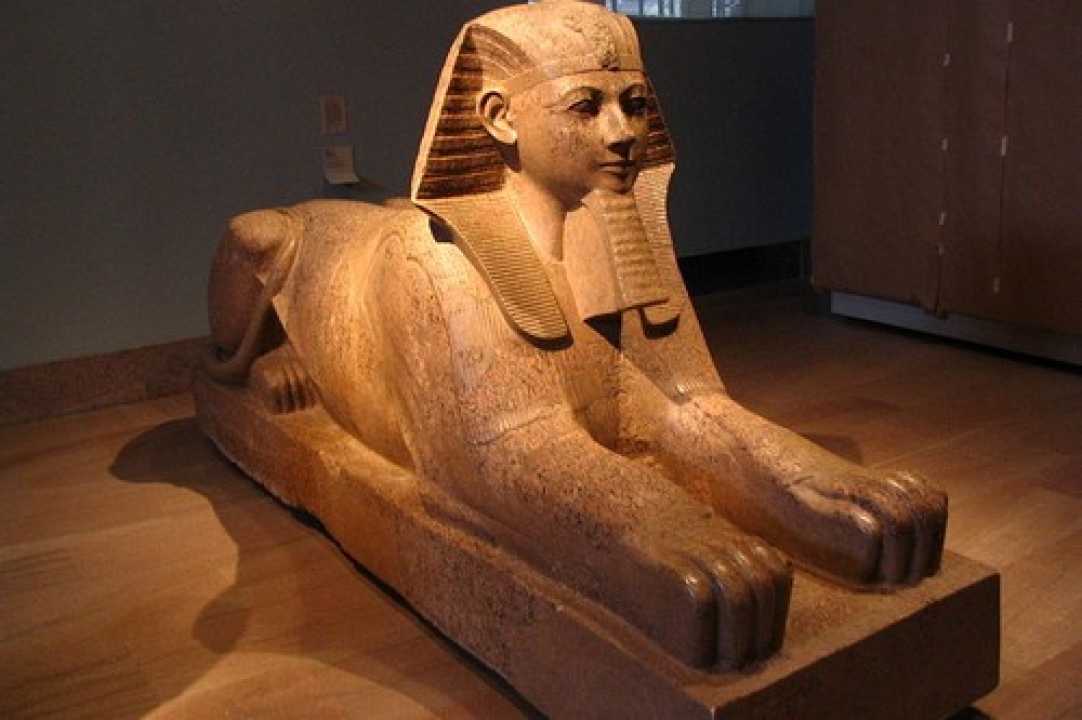
Hatshepsut, meaning first among noble ladies, was the fifth pharaoh of the Eighteenth Dynasty of ancient Egypt, whose mother gave birth to her in a lion's den. She was one of the greatest pharaohs of Egypt, along with King Tutankhamun or Nefertiti. The Metropolitan Museum of Art in New York devoted an entire room to it. One thousand five hundred years before Jesus was born, she ruled her country for twenty-two years.
She ruled Egypt in men's clothing, including a fake pharaoh's beard. According to Egyptologist James Henry Breasted, she was the first great woman in history that we know of. She built the temple of Karnak and restored the original Mut compound. Nine gold cartouches bearing the names of Hatshepsut and Thutmose III were found at Karnak.
6. Ngo Trach Lien
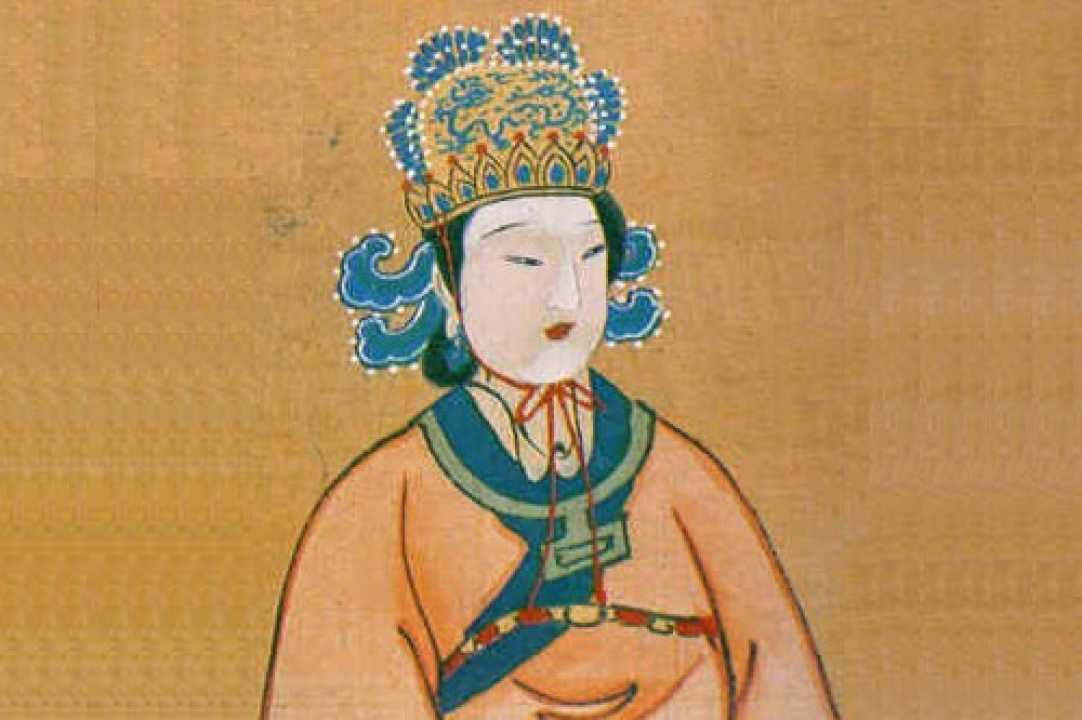
Wu Zelian, also known as Wu Zhao; China's only female emperor in more than 4,000 years of ancient history lived during the Tang Dynasty. Wu was married to Emperor Taizong and after his death, she married his successor and ninth son, Emperor Gaozong. After Gaozong died of heart disease in 690, she ruled China until 705 AD.
She has a huge secret police intelligence network spread across China and is also famous for her pig torture in which limbs and tongue are removed. In addition to being married twice, she also had an affair with a Buddhist monk named Hoai Nhat around 685.
His period of political and military leadership included the massive expansion of the Chinese empire beyond its former territories, deep into Central Asia and the upper Korean Peninsula.
7. Khutulun

READ ALSO » Top 5 Most Popular Religions In The World
Khutulun was the most famous daughter of Kaidu, the most powerful ruler in Central Asia, and the granddaughter of Kublai Khan. Its name was formed in the works of Marco Polo and Rashid al-Din. According to Marco Polo, Khutulun was described as an excellent warrior who fought alongside his father in many battles.
When Emperor Kaidu desperately wanted to attend the wedding of his daughter, Khutulun, she refused to do so unless she found a suitable man who could defeat her in wrestling. With her father's consent, she proposed to all the men in the dynasty that they would beat her in wrestling and marry her.
But the other side's condition is that if anyone loses in the battle with her, they must give her 100 horses. But no one could beat her and she won by 10,000 horsepower. Khutulun is considered one of the last great nomadic warrior princesses.
8. La Maupin
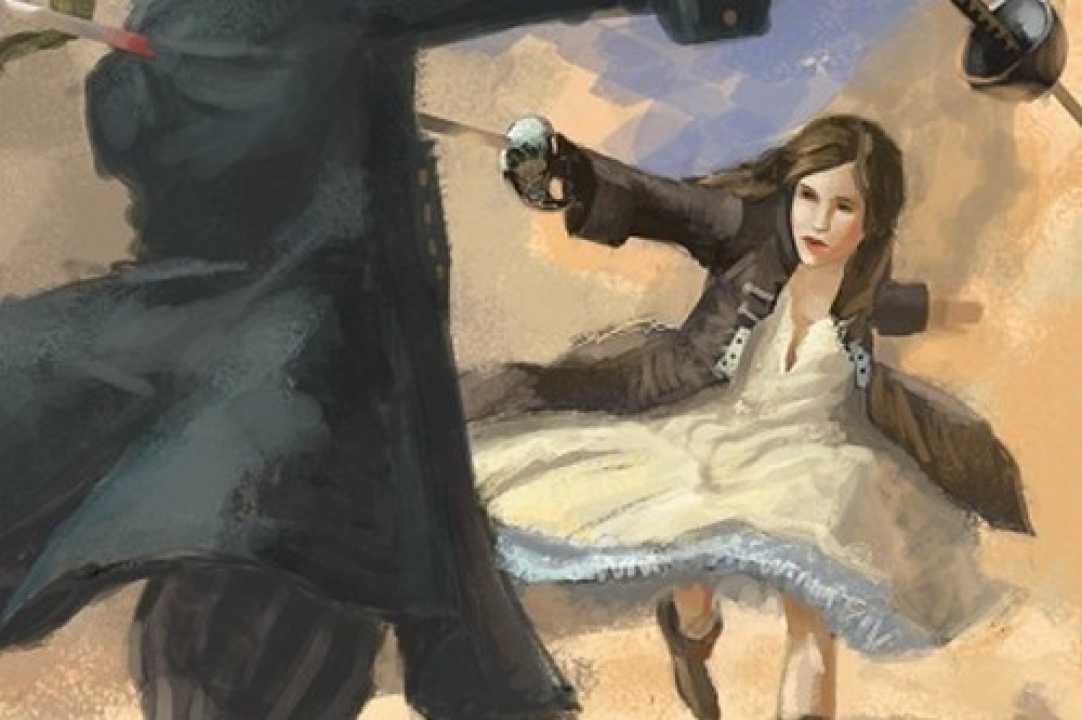
Julie d'Aubigny, better known as Mademoiselle Maupin or La Maupin, born in 1673, was an incredible swordswoman and opera singer of the 17th century. She dressed as a man from an early age when learn dancing and fencing. This bisexual celebrity attended a royal ball in men's clothing, hosted by Louis XIV or his brother. She is famous for her operatic voice and made her acting debut as Pallas Athena in Jean-Baptiste Lully's Cadmus et Hermione.
But when she kisses a young woman at a ball and is challenged to a duel by three different nobles, she must interrupt her career and leave Paris. Théophile Gautier in his novel Mademoiselle de Maupin (1835) based the main character, Madeleine de Maupin, on her.
9. Mai Bhago

It is taken from the real historical figure, Mai Bhago, whose name, after her conversion to Khalsa, was Mai Bhag Kaur because Kaur was the surname that all female Khalsa took. This 18th century Sikh holy warrior was the only one to survive the Battle of Khidrana to save Gobind Singh Ji, the founder of the Khalsa. Mai Bhago was born in her ancestral village Jhabal Kalan, now Amritsar.
She was born a Sikh and later married Nidhan Singh Waraich. At that time, India was ruled by the Mughals and Aurangzeb was the emperor when he sent the imperial army to pursue Guru Gobind Singh.
Mai Bhago stopped and challenged them near Khidrana lake along with her forty Sikh warriors who were martyred in this battle. Guru Gobind Singh Ji managed Mai Bhago and she was later known as one of his bodyguards, dressed in men's clothing.
10. Noor Inayat Khan

Noor-un-Nisa Inayat Khan was an Allied Special Operations agent during World War II and was later awarded the George Cross, the highest civilian honor of the United Kingdom and the Commonwealth countries other general.
Of Indian descent, she was born in Moscow and started working as the only radio operator in occupied Paris. While the average lifespan of this job was about a month due to the chaos of World War II and constant Nazi attacks, she, with her incredible skill and courage, It lasted almost 5 months.
His father, Hazrat Inayat Khan, was a Muslim Sufi nobleman and personal friend of Mahatma Gandhi. She was also an Airman 2nd Class in the Women's Air Force. She was eventually captured when a double agent handed her over to the Nazis, then transferred to the Dachau concentration camp and shot.
There are many other women throughout history and mythology whose stories deserve to be adapted into movies or recent comics. We always look forward to seeing them in these media to know their importance in our history.
Conclusion
History legends are always fascinating and sometimes even more interesting than fairy tales, and at the same time there are many brave, beautiful female characters who are completely worthy of being the central characters of any media. any production. With this dream, here we end this list and salute all the brave warrior princesses who are famous in their own right.
